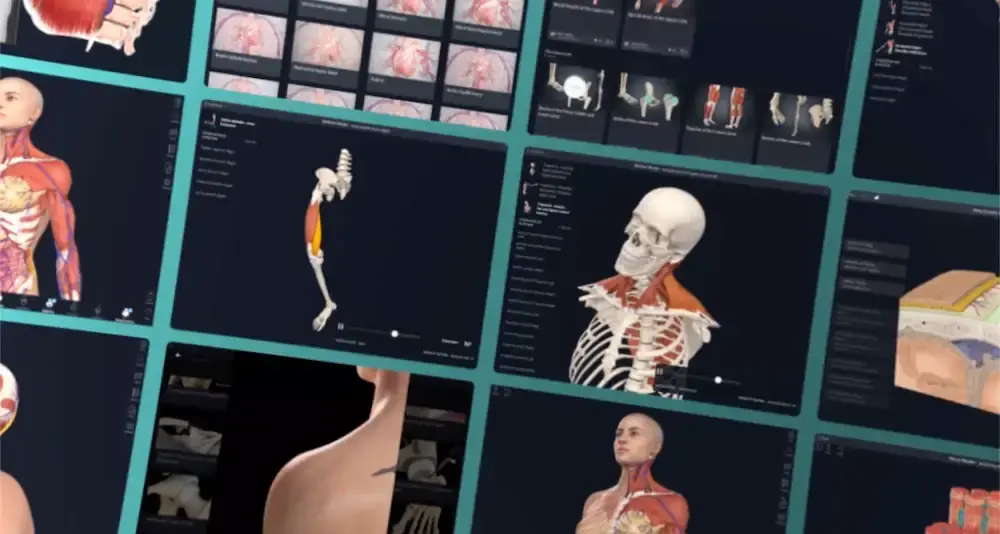
Inferior Cervical Cardiac Branches of Vagus Nerve
Rami cardiaci cervicales inferiores nervi vagi
Read moreQuick Facts
Origin: Branches from the vagus and/or recurrent laryngeal nerve.
Course: Inferiorly to the superficial and deep cardiac plexuses.
Branches: None.
Supply: Parasympathetic efferent fibers: decrease heart rate and force of myocardial contraction; Parasympathetic afferent fibers: provide the afferent limb of cardiovascular reflexes associated with alterations in blood pressure and blood chemistry.
Related parts of the anatomy
Origin
The inferior cervical cardiac branches of the vagus nerve emerge directly from both the right vagus nerve itself. The left inferior cervical cardiac branches of the vagus nerve may emerge primarily from the left recurrent laryngeal nerve. This occurs roughly at the level of the first rib, giving rise to the alternate name, the cervicothoracic branches of the vagus nerve.
Course
The inferior cervical cardiac branches of the vagus nerve run inferiorly and medially from the trunk of the vagus nerve lateral to the trachea. They course inwards towards the deep cardiac plexus on the right, and the superficial cardiac plexus on the left (Netter, 2011).
Branches
The inferior cervical cardiac branches of the vagus nerve do not form branches per se. They do contribute along with other cardiac nerves to the formation of the superficial and deep cardiac plexuses.
Supplied Structures & Function
The inferior cervical cardiac branches of the vagus nerve provide parasympathetic innervation to the heart.
Parasympathetic efferent fibers supplying the heart, and when stimulated, decrease heart rate and reduce the force of myocardial contraction. Parasympathetic afferent fibers supplying the heart, when stimulated, provide the afferent limb of cardiovascular reflexes, such reflexes include those associated with alterations in blood pressure and blood chemistry.
References
Netter, F. H. (2011) Atlas of Human Anatomy. Netter Basic Science Series: Saunders/Elsevier.
Learn more about this topic from other Elsevier products
Vagus Nerve

The vagus nerve (10th cranial nerve) is a bilateral nerve bundle that is composed of axons of both efferent and afferent neurons.




